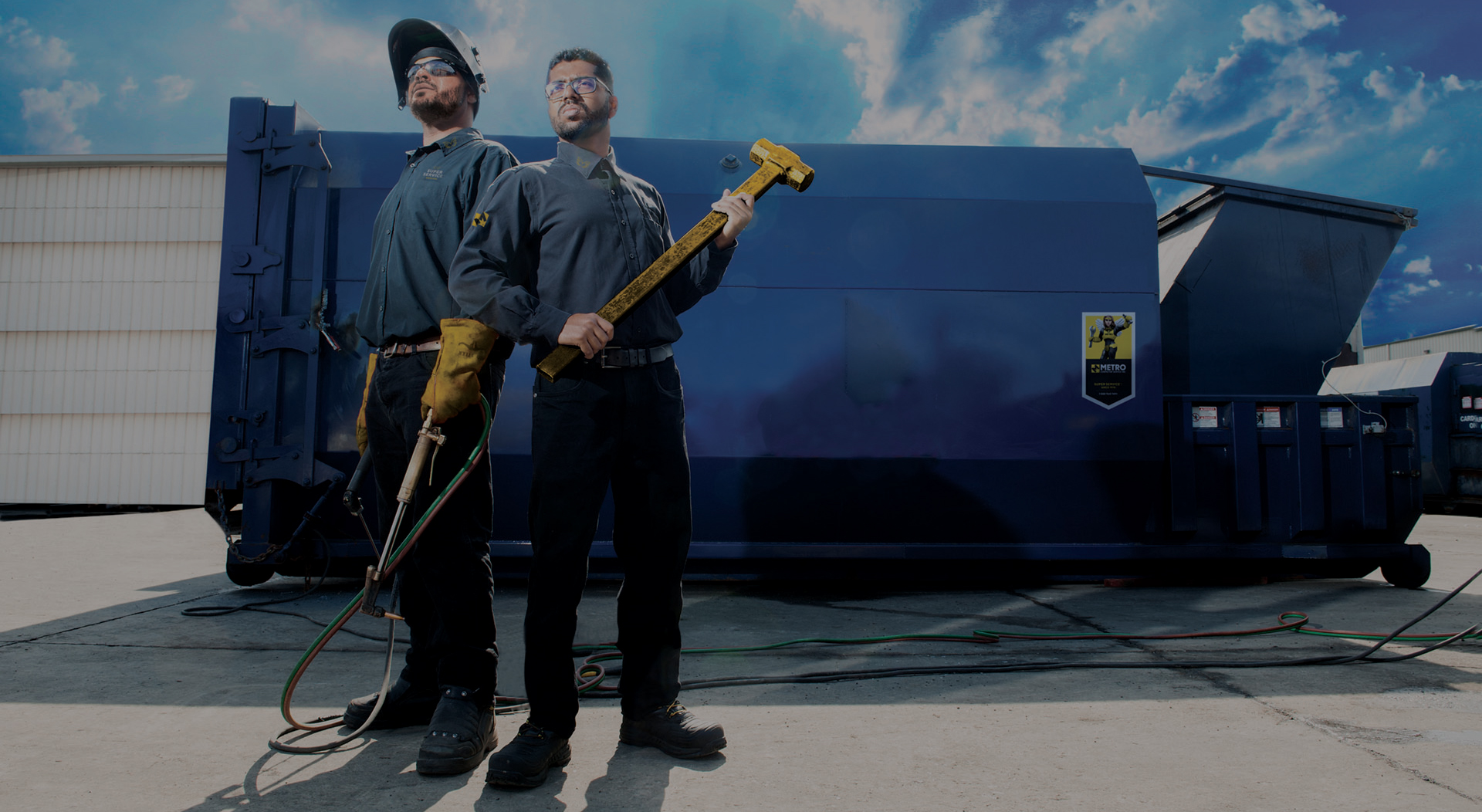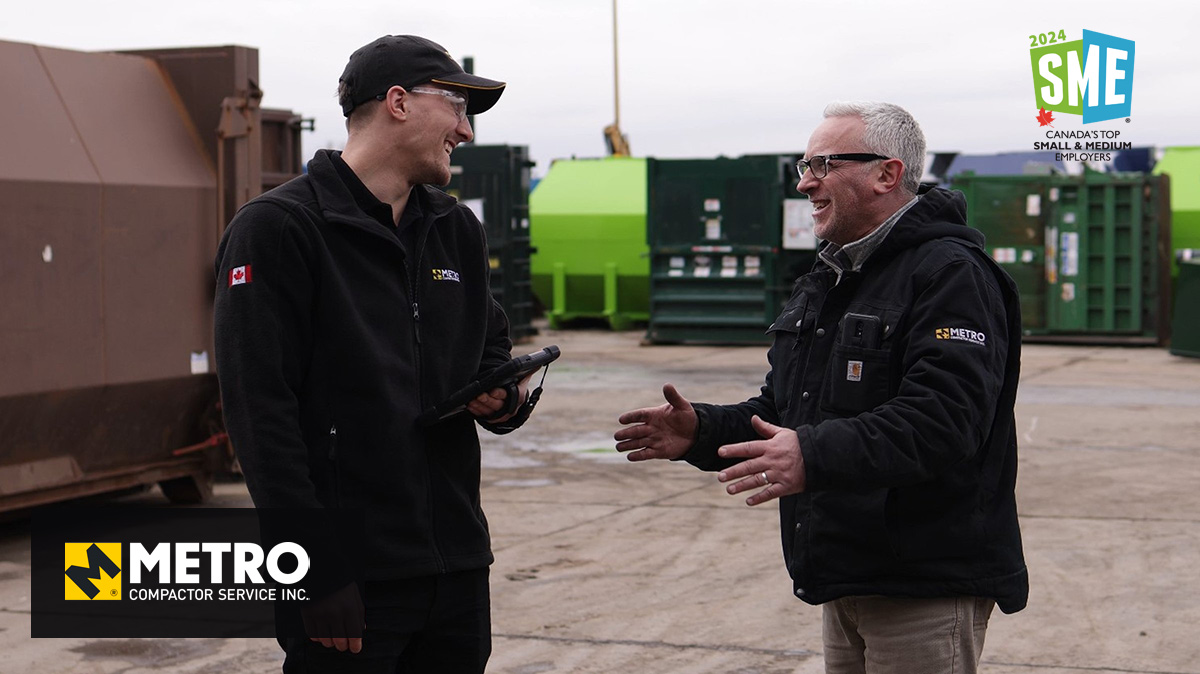Practical Baler for Rent to Take Care Of Waste Efficiently
Practical Baler for Rent to Take Care Of Waste Efficiently
Blog Article
Discovering the Necessary Function of Waste Equipment in Modern Recycling Processes and Sustainable Garbage Disposal Practices
The essential duty of waste devices in modern reusing procedures emphasizes its significance in accomplishing lasting waste disposal techniques. Advanced systems, such as automated arranging innovations and compactors, not just improve efficiency however likewise play a pivotal role in reducing contamination rates and enhancing material healing. As the demand for even more sustainable services expands, it is important to examine just how these technologies adjust to evolving difficulties within waste management. What ingenious advancements are on the perspective that could better transform these procedures?
Value of Waste Devices
Why is waste devices important in the recycling procedure? By promoting the splitting up of materials, waste equipment reduces contamination, which is paramount in guaranteeing top quality recyclables that can be reintroduced right into manufacturing cycles.
Moreover, waste tools boosts operational effectiveness and safety and security within recycling facilities. Advanced machinery, such as shredders and balers, enables for the quick handling of big volumes of waste, decreasing labor costs and handling time. Additionally, making use of customized tools lowers the danger of injury among employees by automating hazardous tasks.
Furthermore, the ecological effect of recycling is enhanced by effective waste tools. By enhancing the recycling procedure, facilities can substantially decrease the quantity of waste sent to land fills, consequently adding to sustainability efforts. In verdict, waste devices is not just a supplementary component of reusing; it is an essential aspect that drives effectiveness, safety, and ecological stewardship in modern-day waste monitoring methods.
Kinds Of Waste Devices
The performance of recycling operations is very closely linked to the certain types of waste equipment used while doing so. baler rental. Different classifications of tools are integral to the collection, arranging, handling, and transport of recyclable materials
First of all, collection tools, such as waste collection vehicles and containers, is vital for collecting recyclables from various sources, including property, business, and commercial areas. Once gathered, sorting devices, consisting of conveyor belts, shredders, and magnetic separators, plays a crucial role in distinguishing different material kinds, making sure that contaminants are removed before processing.
Processing devices, such as balers and compactors, better prepares materials for recycling by compressing and packaging them into manageable dimensions. This not only optimizes area yet likewise improves transportation effectiveness. Furthermore, specialized machinery like granulators and extruders is utilized for changing products into recyclable types, especially in plastic recycling.

Role in Recycling Procedures
In reusing processes, the function of waste tools is essential in ensuring effectiveness and performance at every stage. This devices incorporates a variety of machinery created to handle, process, and kind products that are to be recycled. The first phase includes collection and transport, where compactors and balers play a crucial function in maximizing the quantity of products for transit, thus minimizing functional prices.
Once at the recycling facility, shredders and crushers enter into play, damaging down products right into manageable sizes appropriate for further processing. These devices contribute to improving the surface of recyclables, facilitating extra efficient material healing. Sorting systems, furnished with sophisticated technologies such as conveyor belts and optical sensing units, ensure that materials are accurately separated by kind, thereby maximizing the top quality of the recycled end product.
Additionally, specialized equipment for handling details products-- such as glass, plastics, and steels-- makes sure that each kind is managed in one of the most efficient way. In general, the combination of innovative waste equipment right into the reusing process not only streamlines procedures but also considerably adds to the overall recuperation prices of useful products, emphasizing its crucial function in contemporary reusing initiatives.
Influence On Lasting Practices
With the effective operation of waste tools, recycling processes dramatically improve lasting methods throughout various sectors. This influence is recognized through cardboard baler rental raised material recuperation prices, which reduce the demand for virgin resources. By improving sorting and processing functions, progressed waste equipment reduces contamination in recyclable products, thereby boosting the quality of recycled output. The decrease of waste sent to landfills is an additional crucial benefit, as it reduces environmental destruction and mitigates greenhouse gas discharges related to disintegration.

Furthermore, the integration of clever technologies in waste administration systems enables real-time data monitoring and analysis, leading to even more informed decision-making and functional efficiencies. As sectors increasingly focus on sustainability, the role of waste devices becomes vital fit methods that align with environmental stewardship and governing compliance. Inevitably, the synergy between waste tools and recycling processes plays an essential duty ahead of time wider sustainability objectives throughout communities and sectors alike.
Future Trends in Waste Administration
Arising fads in waste management are positioned to improve the landscape of recycling and resource healing considerably. Among one of the most pivotal shifts is the assimilation of advanced technologies such as expert system, artificial intelligence, and the Net of Things (IoT) These technologies help with improved arranging procedures, improving the efficiency and accuracy of recycling operations. Smart waste bins furnished with sensing units can monitor waste levels in real-time, optimizing collection paths and minimizing functional prices.
Furthermore, the circular economy model is acquiring traction, advertising the concept of recycling materials instead of taking care of them. This fad urges services to create products with end-of-life considerations in mind, driving the need for ingenious see waste management solutions.
In addition, public recognition and interaction in sustainability practices get on the surge, causing enhanced participation in reusing programs. Government plans are likewise developing, with more stringent guidelines on waste disposal and motivations for lasting practices.
As these fads assemble, they create an extra effective, sustainable waste administration system that not only lowers this website ecological effect however also cultivates economic development with source healing and innovation in waste devices. The future of waste management looks appealing, driven by technology and a dedication to sustainability.
Conclusion
To conclude, waste equipment plays an essential role in improving the efficiency and efficiency of modern-day recycling procedures. By minimizing contamination and taking full advantage of material healing, progressed machinery supports lasting waste disposal techniques and fosters a round economy. The consolidation of clever innovations better optimizes these initiatives, ensuring accountable ecological stewardship. As waste management proceeds to develop, the significance of ingenious waste equipment will certainly remain vital in achieving sustainability objectives and addressing the difficulties of source depletion.
Report this page